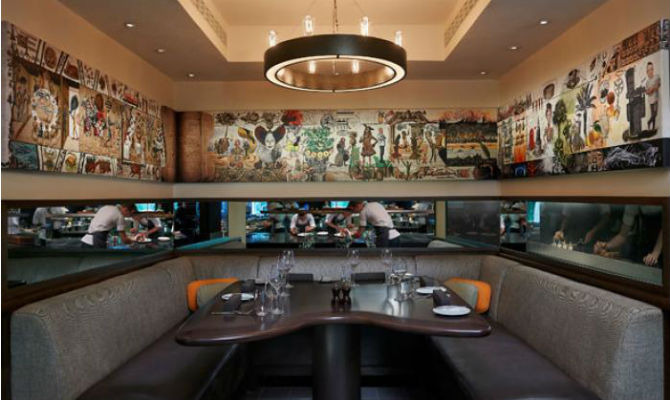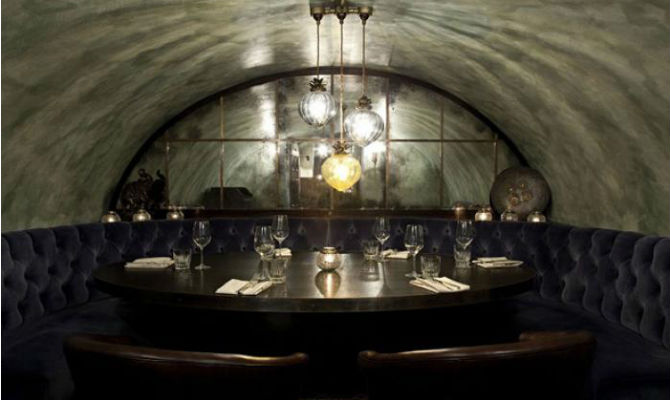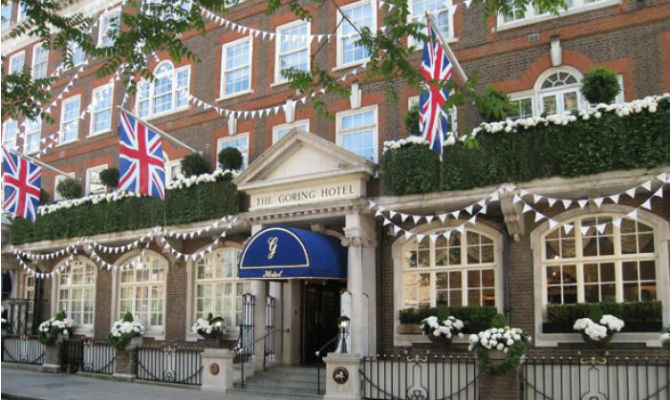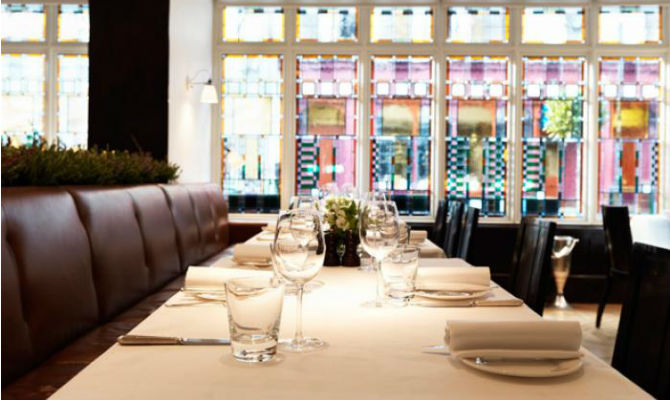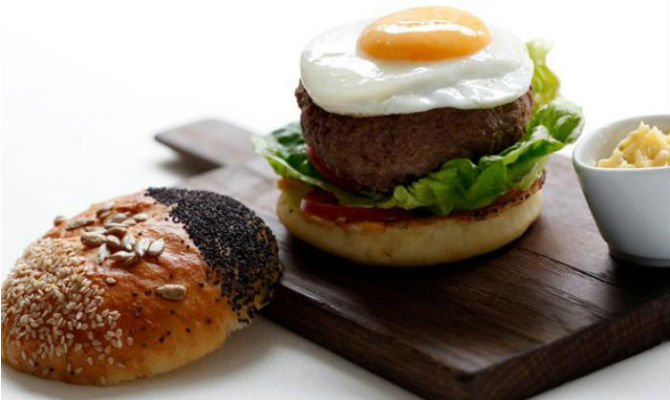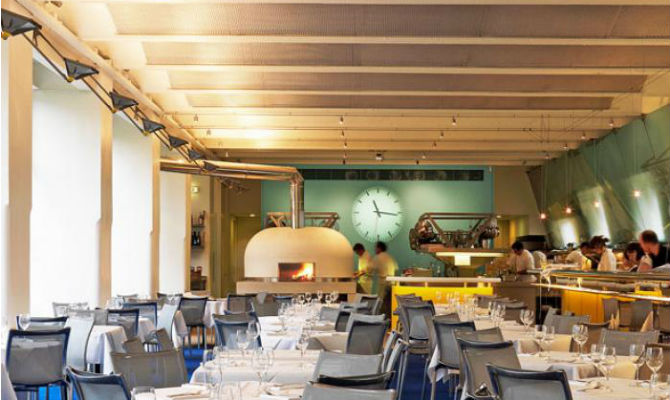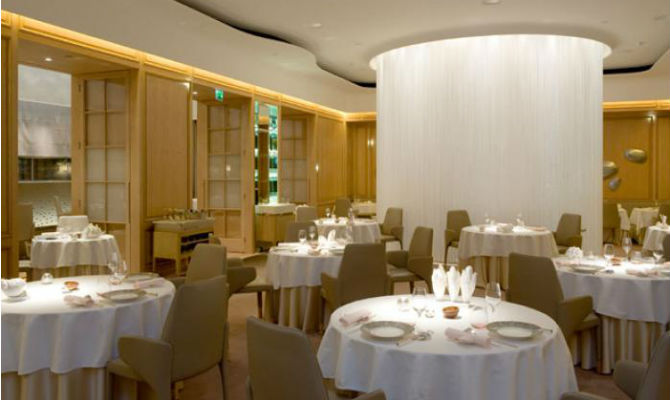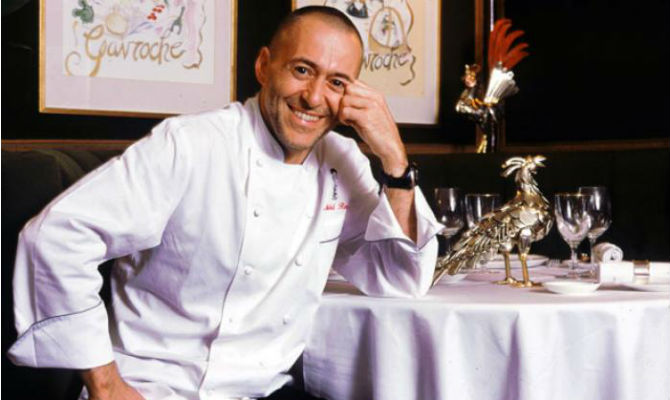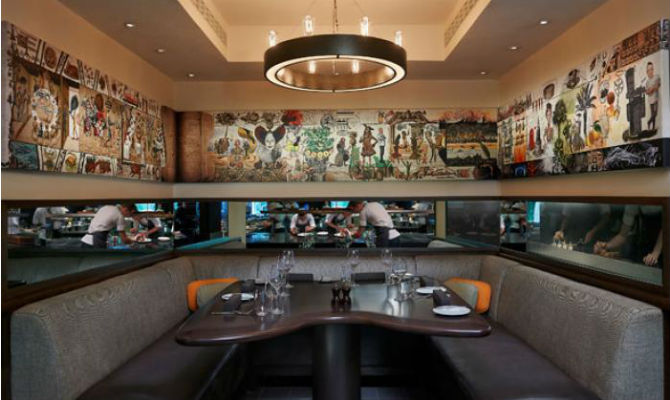The Best Restaurants In London
The internet is certainly not lacking in lists of and articles about the best restaurants in London. So vast is this category that you won't just find "the best restaurants in London," but the best Indian restaurants in London, the best cheap eats in London, the best new restaurants in London, and so on. That is pretty impressive for a city whose culinary scene people bemoaned for its blandness not too long ago. London has proven that British culinary traditions are far more than pea shooting or haggis hurling.
We went through our list of the 101 best restaurants in Europe and chose the top options of the restaurants listed in London. Whether it is Indian fusion food in a setting fit for a Raj, a café that some claim has better Italian food than any restaurant in Italy, or even a classic French restaurant, each of these establishments possesses a refinement that's unmistakably British.
10. Gymkhana
Inspired by Colonial Indian gymkhana clubs set up by the British Raj, where members of high society came to socialize, dine, drink and play sport, this Mayfair institution serves Indian food at its most regal. Items like lotus root and jackfruit pilau, gol gappas, and dosa with Chettinad duck represent a menu that's not only regionally diverse but also a paragon of Indian high cuisine.
9. The Goring (London)
The 1910-vintage Goring has a discreet lobby, a bustling (but hardly buzzy) bar, and a dining room full of solid British cooking, both traditional and guardedly modern. Native oysters, potted shrimp, fried whitebait, and a glazed Scottish lobster omelette are among the always-dependable starters. Main dishes might include roasted red mullet with foraged nettles and mussels; grilled Cornish brill with steamed razor clams, Lannigan shrimp, and baby spinach; braised shoulder of Leyburn venison with bacon, button onions, and mushrooms; and, if you're lucky, a classic beef Wellington.
8. Quo Vadis (London)
The old-line (but newly revivified) Quo Vadis was once on a lonely perch atop the Design Museum, but now shines in central SoHo. The wonderfully British menu ranges from smoked trout, cucumber, and seaweed sandwiches and crab with mayonnaise to ox tongue with carrots and beet relish. The room is pretty, the cooking is just right, and the wines are well-curated.
7. Koffmann's (London)
Pierre Koffmann's La Tante Claire was one of the British capital's best and most understated but perfect restaurants — and Koffmann has three Michelin stars to prove it. After his wife died in 2003, though, he sold the place and took time off from cooking. In 2010, he opened this much more modest place, specializing in dishes inspired by his native Gascony, like escargot ravioli with Bayonne ham and garlic croutons, braised beef cheeks in red wine, and one of his signatures at La Tante Claire: pig's foot stuffed with sweetbreads and morels.
6. The Square (London)
While the cuisine at The Square is by now familiar in style — modern French-inspired cuisine based on impeccable ingredients — few restaurants have executed this idiom so consistently. Chef Philip Howard, a partner in The Ledbury, runs the kitchen of this stylish, refined dining room. With seasonally changing dishes like langoustine with Parmigiano-Reggiano gnocchi or rib-eye with beer-braised onions and smoked bone marrow, it's clear why The Square has become one of the enduring bright spots on the London food scene, certainly deserving of its two Michelin stars.
5. The River Café
Someone once called this "the best Italian restaurant in Europe" — Italy included. The noted British architect Sir Richard Rogers has given the place a bright, almost sparkling energy (the room-length counter separating the kitchen from the dining room and the big wood-burning oven in one corner help). Staples on the menu include char-grilled squid with chile flakes and rocket (arugula), and various hand-cut pastas, not to mention the legendary Chocolate Nemesis cake. Among the winter offerings might be linguine with fresh Cornish crab and fennel, and pancetta-wrapped whole Anjou pigeon.
4. Alain Ducasse at The Dorchester
One of a trio of Alain Ducasse's restaurants to be awarded three Michelin stars, Alain Ducasse at The Dorchester serves contemporary French cuisine in a bright and airy space with blonde wood walls and crisp white linen-topped tables. Seasonal produce from England and France makes up the à la carte menu and three-course set menus. The menu includes dishes such as foie gras and "Burgaud" duck terrine with pickled muscat Hamburg grapes; hand-dived sea scallops, parsnips, Jerusalem artichokes, and salsify; rib and saddle of Denbighshire venison, pumpkin, and cranberries; and lime soufflé with confit kumquats. The Dorchester hotel is a sight to see in and of itself.
3. St. John Bar & Restaurant (London)
The location of St. John Bar & Restaurant has been host to a variety of operations, including Marxism Today magazine, a Chinese beer store, and a bean sprouts greenhouse. Carnivorously inclined people are happy it became St. John in 1994 and stayed that way. Though the menu changes daily, cuttlefish and chard, bone marrow and parsley salad, and braised rabbit are back by popular request over and over. Nothing on the bar menu exceeds 10 pounds ($14.80 USD), which is refreshing in such an expensive city.
2. Le Gavroche (London)
This London stalwart was opened in 1967 by chef Michel Roux and quickly became the U.K. institution for classic French cuisine. Foie gras, cheese soufflé, and black pudding are only some of the staples you'll find on the menu, not to mention a cheeseboard and wine list that rivals what you'd find at many Paris institutions. Currently run by Michel Roux, Jr., the French restaurant was the first British restaurant to earn three Michelin stars, in 1982.
1. Dinner by Heston Blumenthal (London)
We voted Dinner by Heston Blumenthal the No. 3 best hotel restaurant in the world and the No. 2 best restaurant in Europe, but it could easily be one of the world's best restaurants, period. It most certainly contains any history buff's dream menu, with items like rice & flesh (rice with saffron, red wine, and calf's tail) from 1390, spiced pigeon with ale and artichokes from 1780, and the more universally delicious-sounding apple, rose, and fennel tart with vanilla ice cream from 1660.
